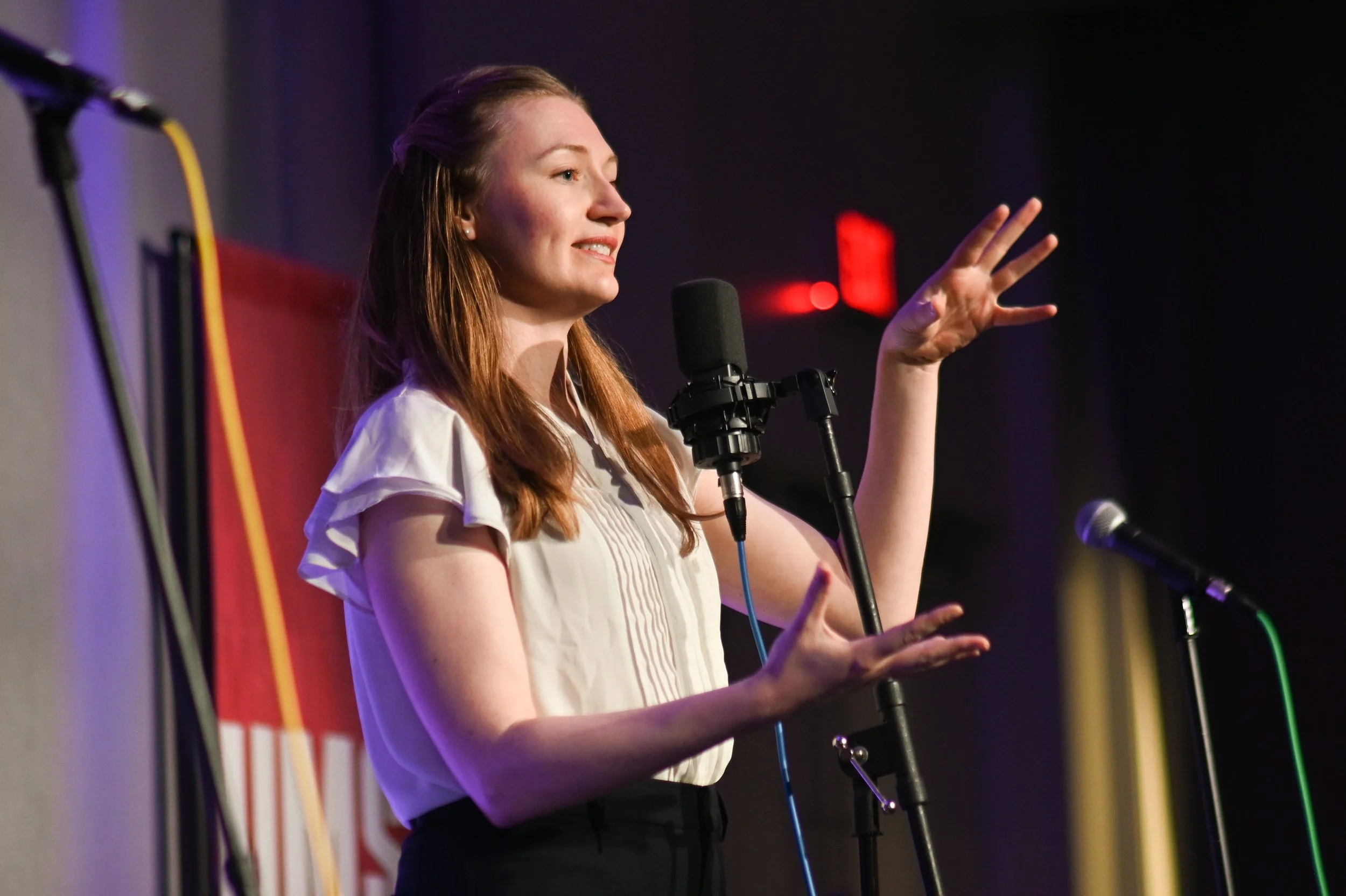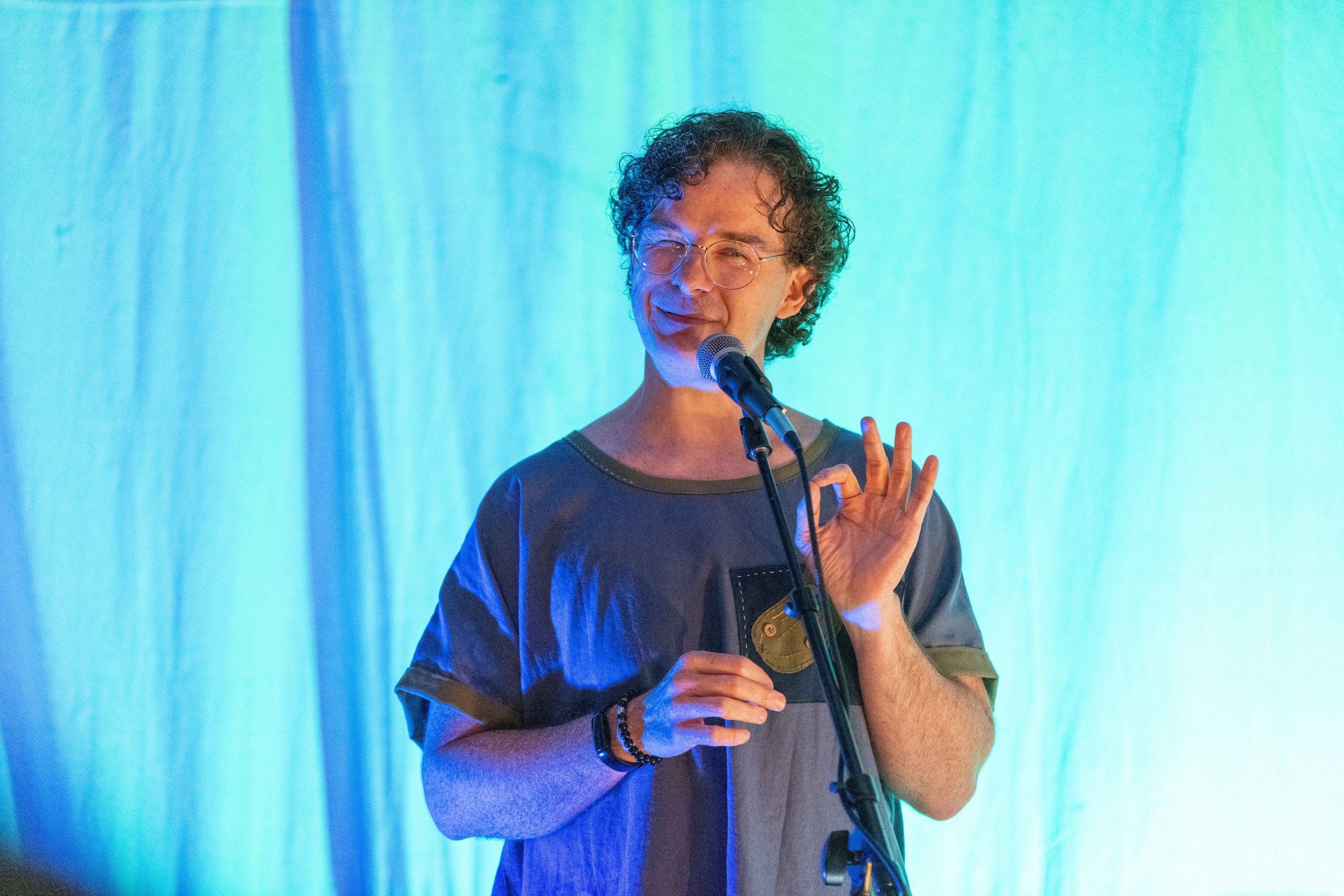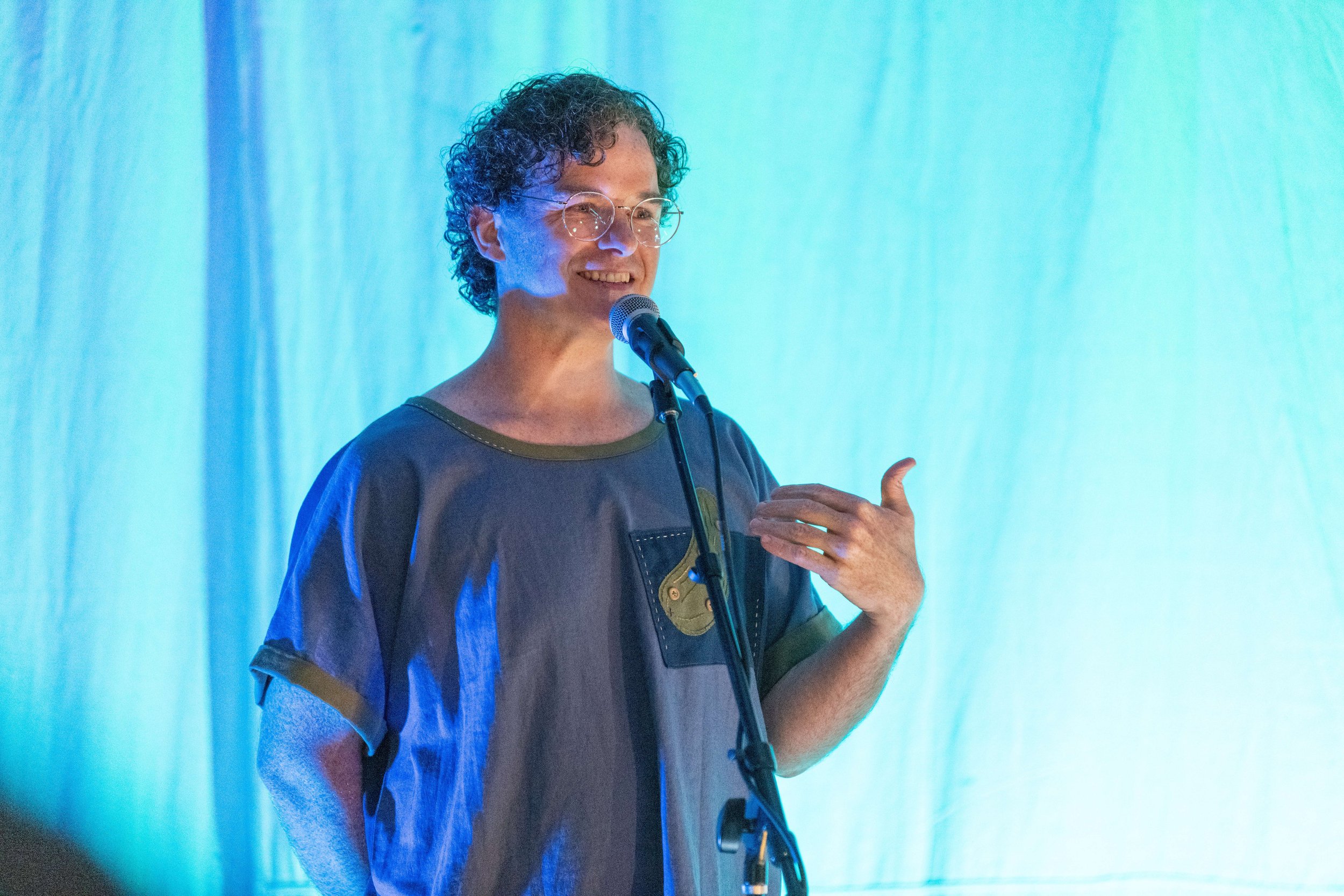As famed Iron Chef Alton Brown once said: “Everything in food is science”. In this week’s episode, both of our storytellers discover something about themselves through the science of food.
Part 1: Corn researcher Katie Murphy is scared becoming a TikToker will ruin her credibility as a serious scientist.
Katie Murphy is a plant biologist who loves studying the inner workings of corn. She is the Director of Phenotyping and Principal Investigator at the Donald Danforth Plant Science Center, a non-profit research institute in St. Louis, Missouri. Her research group studies phenotyping, which means measuring the physical traits of plants. She holds a PhD in Plant Biology from UC Davis, and a Bachelor's in Chemistry from Stanford University. Katie's goal is to make a secure, sustainable food supply that can withstand future climates. She shares her research on TikTok @Real_Time_Science.
Part 2: As a kid, Scottie Rowell gets an unpleasant surprise when they don’t wait to eat their grandmother’s pickles.
Scottie Rowell is a Queer, Agender, Autistic artist based in Atlanta, GA. As a storyteller and puppeteer, Scottie’s career is focused on performances and experiments in play in non-traditional theater spaces. As owner of Teller Productions, Scottie creates tactile, immersive experiences for families using sustainable materials (all repurposed, discarded, or easily recycled). Scottie’s show Super Cello! premiered with the National Symphony Orchestra and the Kennedy Center for Performing Arts in April 2022. Other clients include the Georgia Aquarium, the Alliance Theater, the Center for Puppetry Arts, and the Atlanta Symphony Orchestra. Visuals and fun at ScottieRowell.com and TellerProductions.com. (Yes, Scottie made that pickle shirt for the story.)
Episode Transcript
Part 1
“Hey there, corn friends. It's me, Dr. Katie Murphy, back with another exciting science experiment.” That's how I start most of my TikToks, a little bit of a hook to bring you all in. At this point, you'd be seeing me wearing a white lab coat, sitting in front of a microscope. Or maybe I'm out in a cornfield, head to toe in sun protection and batting away mosquitoes.
Katie Murphy shares her story at St. Louis Public Radio Public Media Commons in St. Louis, MO in April 2023. Photo by Michael Thomas.
I never wanted to be a TikTok personality. In fact, I've spent most of my scientific career trying to be taken seriously as a scientist. I always felt there was this unspoken rule that I needed to hide the person who was doing the science, especially hide the fact that that person is a woman if I wanted to be a great research scientist. So I thought that I had to separate myself from the natural world that I study.
Of course, I started keeping a vocabulary list so I could speak well with my peers. I cut all the exclamation points from my emails. Always write in the passive voice and, very importantly, always wear pants. If I wanted to be Dr. Murphy, I needed to be taken seriously.
Now, all of that turned upside down when I started making scientific TikToks. Two years ago, I moved here to St. Louis, Missouri to work at the world's number one plant science research institute the Donald Danforth Plant Science Center. My advisor at the time had proposed in our federal grant that was funding our research a social media outreach project that she called real time science.
I was so nervous. To be honest, I was not social media savvy. All of my accounts were private and I rarely posted, but this was not my first time doing science communication. You see, I love corn. And I love talking about corn so much so that my friends and family have nicknamed me the ‘Corn Queen’.
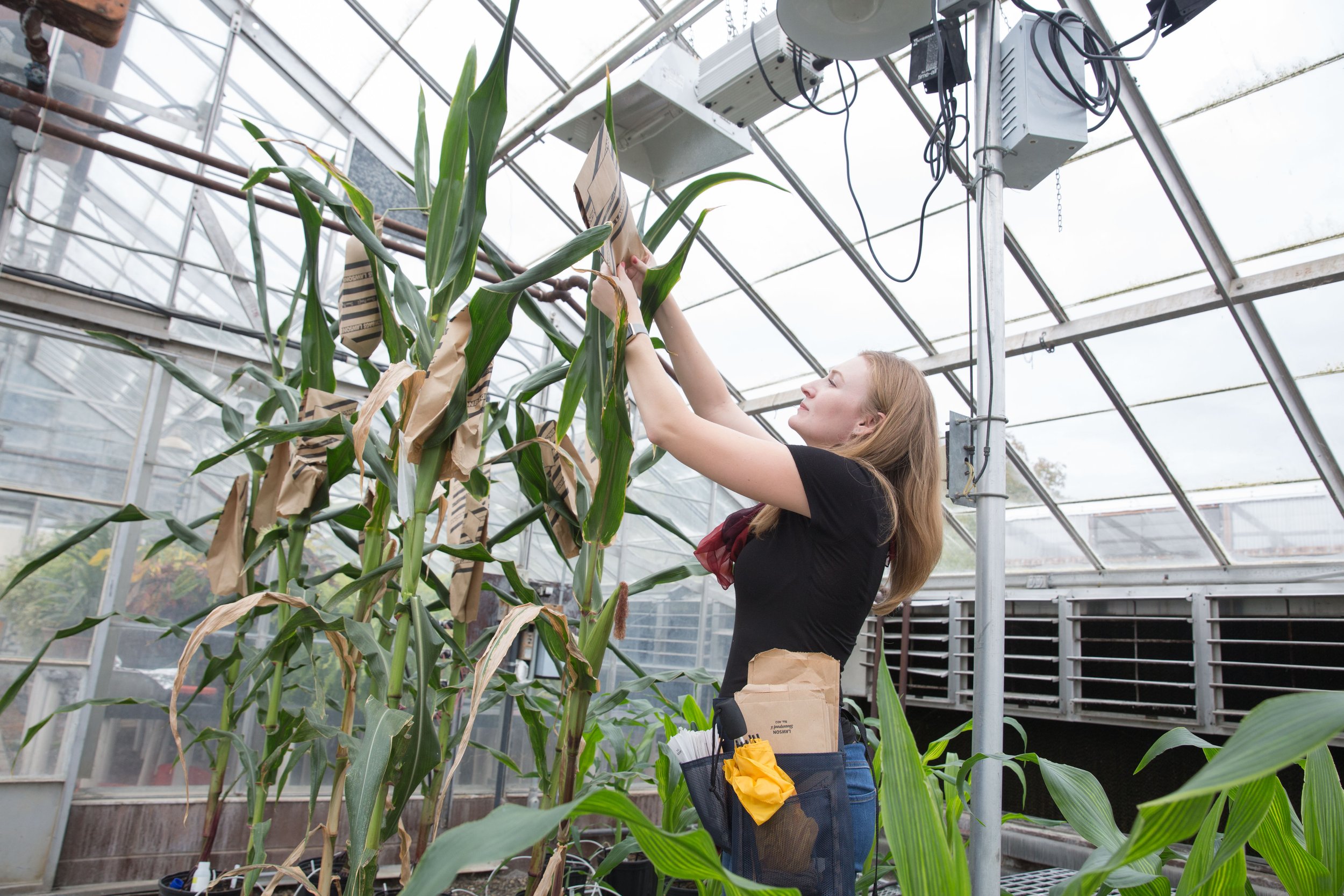

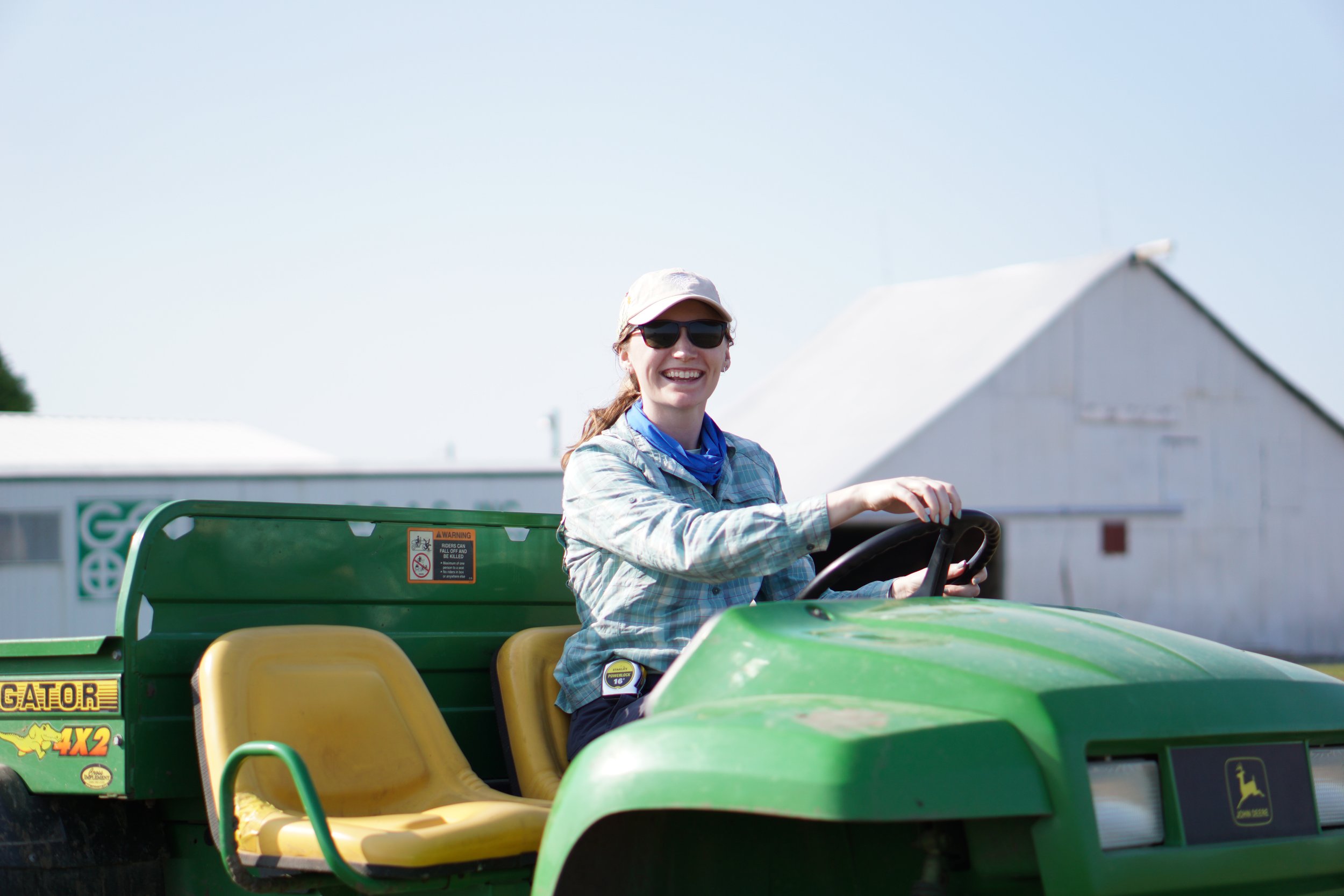
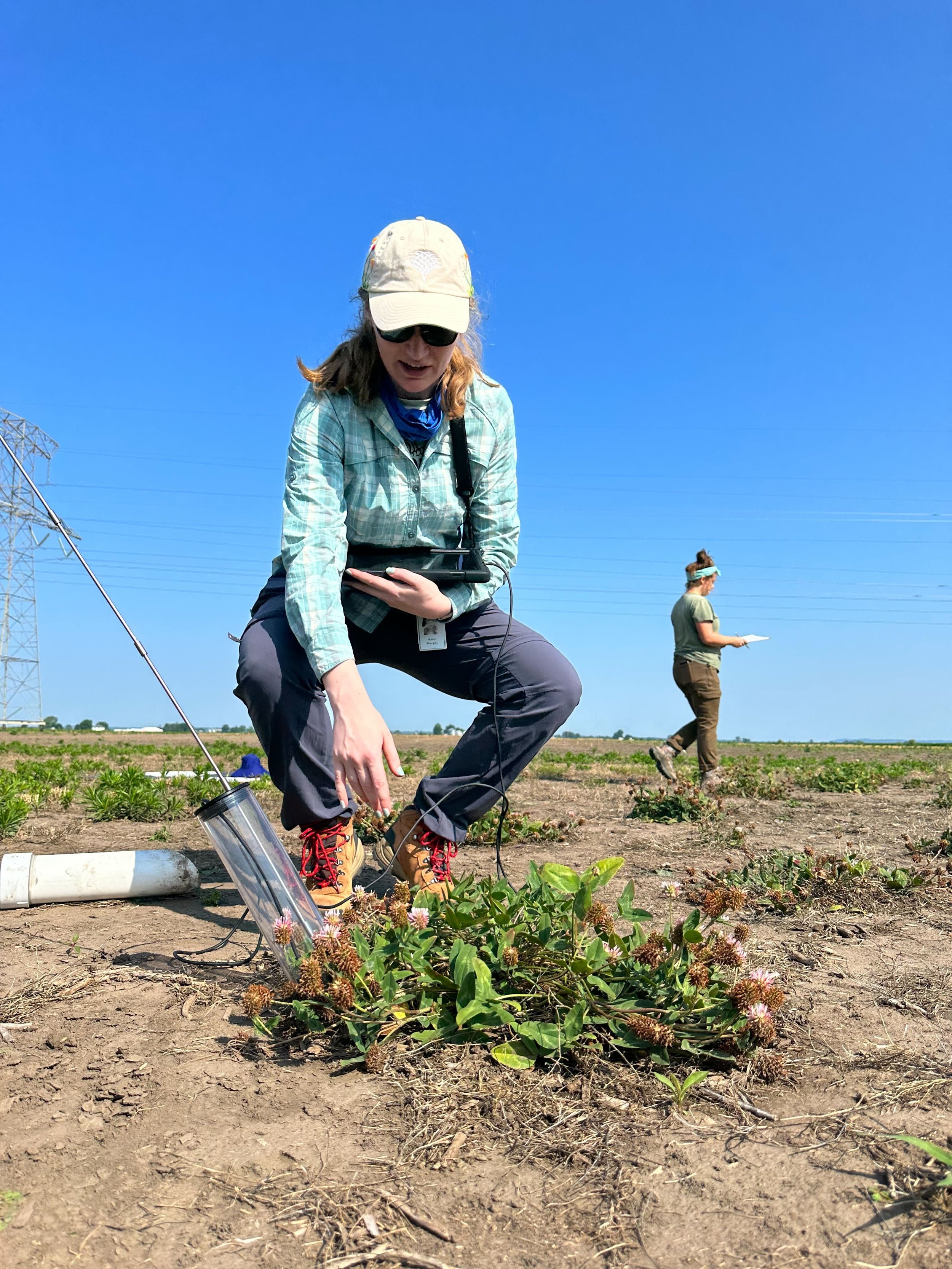
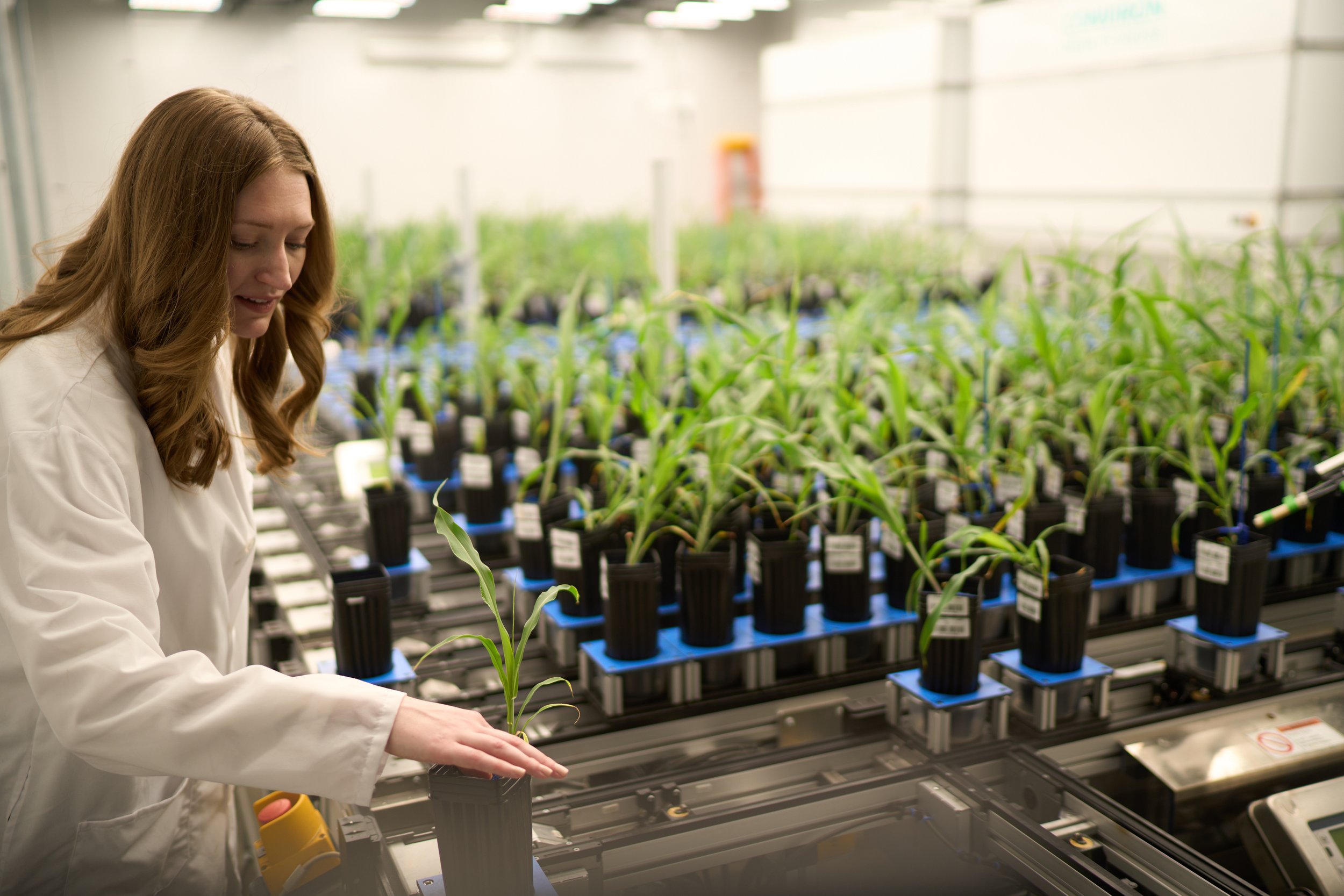
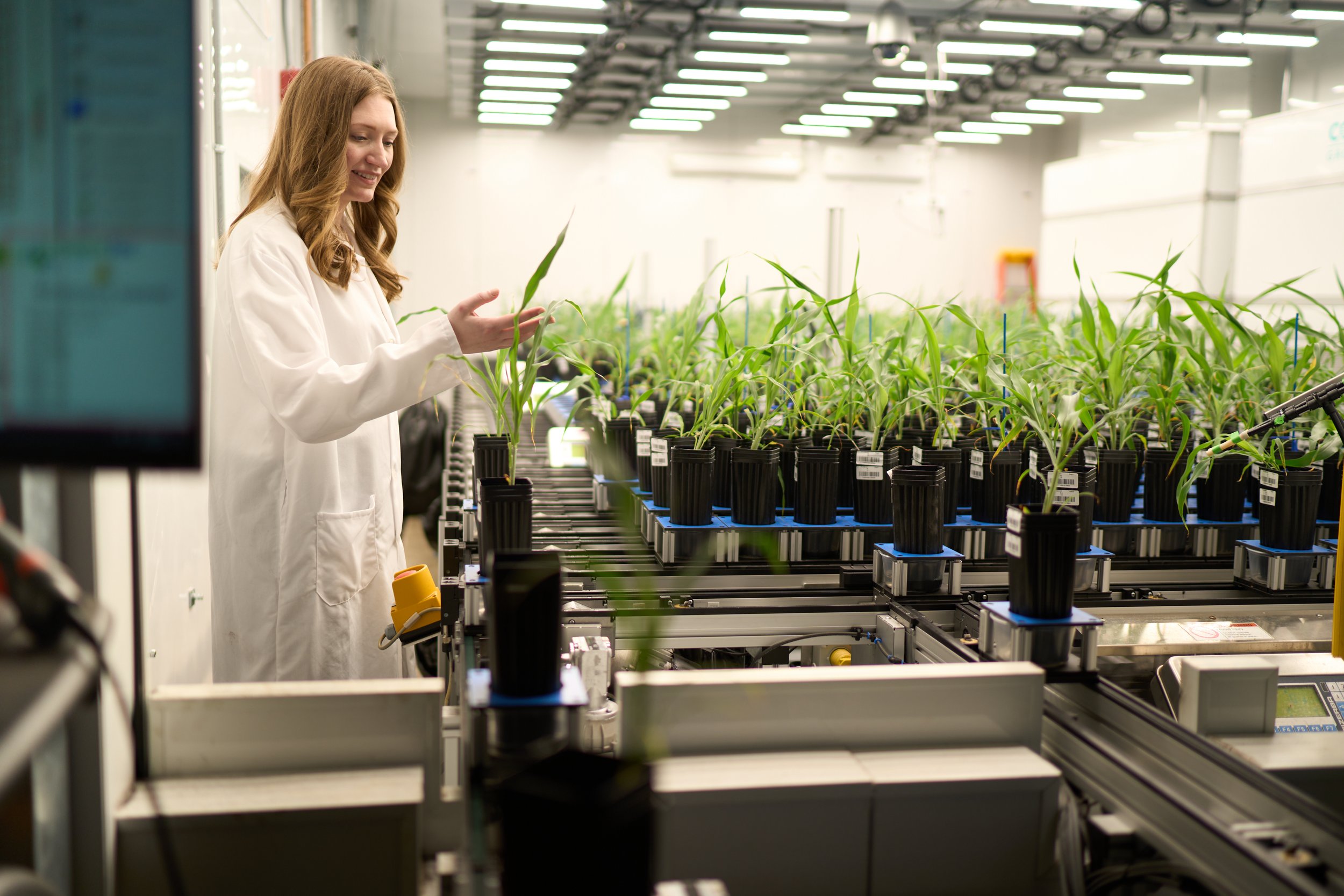
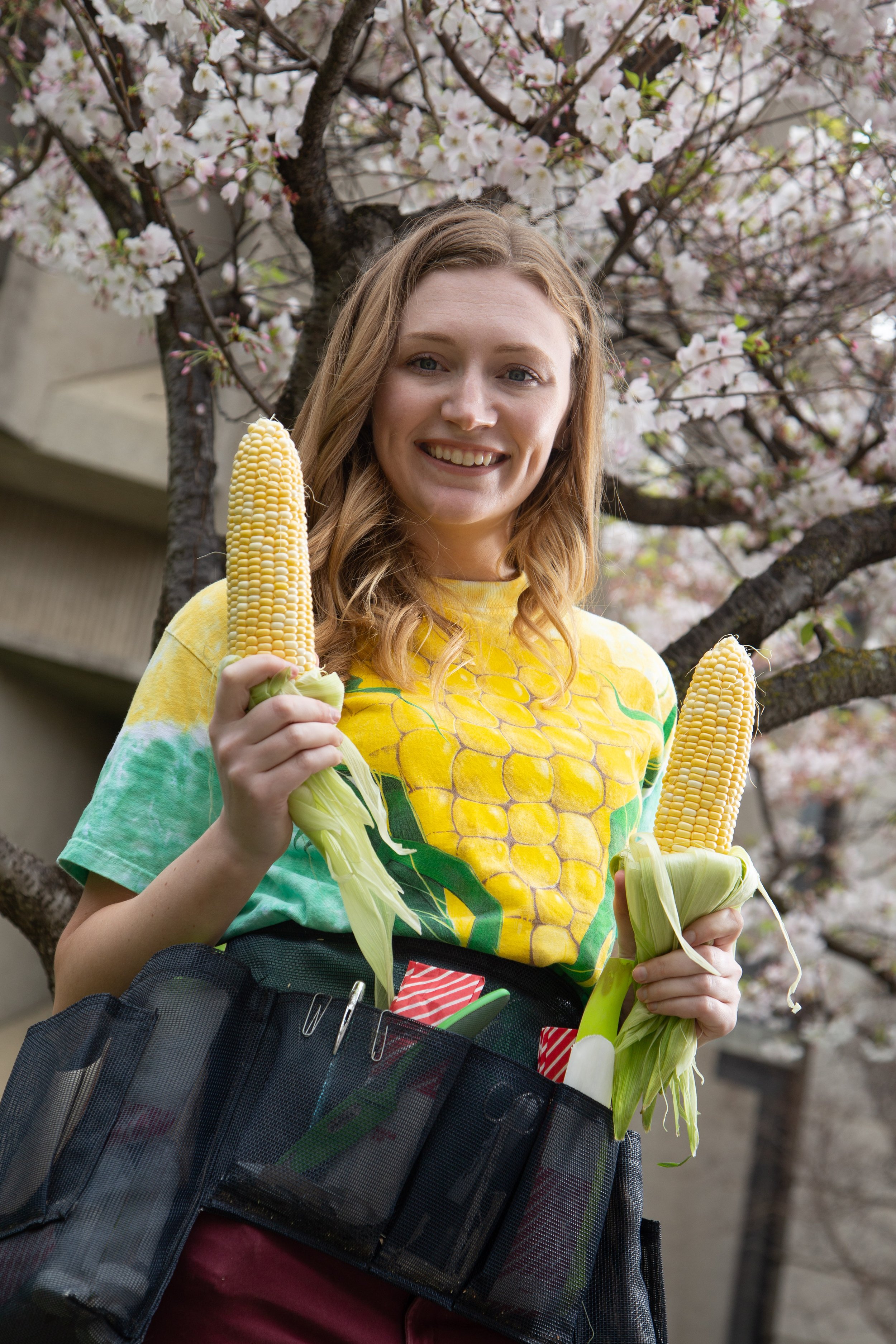
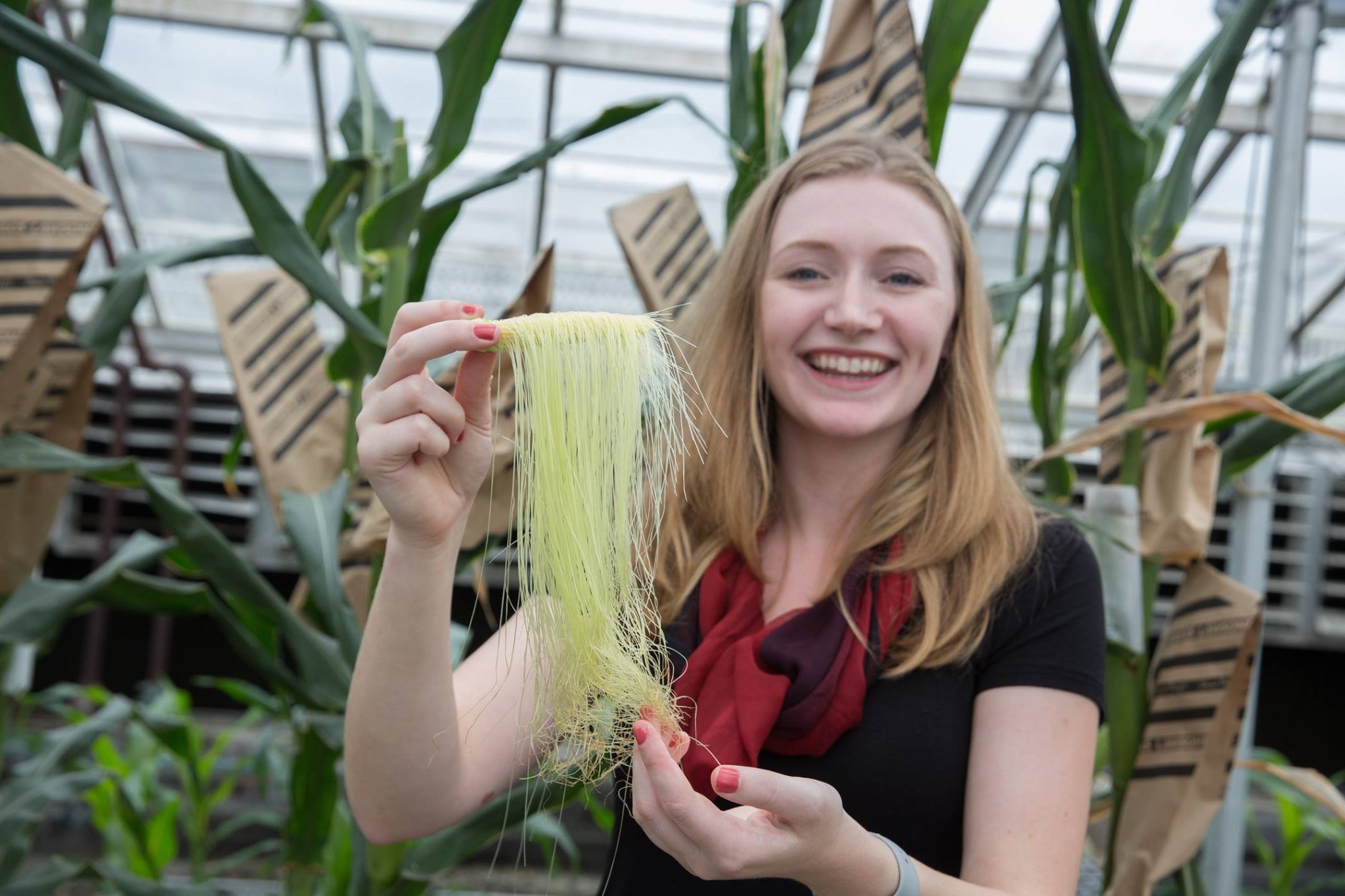
I have been on the back of a four wheeler with a farmer friend of mine while we're riding out of his cornfield and I described to him the ancient genetic origins of maize. I've told my mom about how the bacteria in our gut that keep us healthy are a lot like the bacteria in soil that keep plants healthy.
But this TikTok thing, filming myself for strangers to see, this was new. You see, on TikTok, everything is the opposite of being a serious scientist. When I write scientific publications, I write, “The liquid was poured into the beaker,” as if a human had nothing to do with it. On TikTok, it's, “Watch me pour this liquid into the beaker and let's see what happens together.” It's short and snappy, unlike my 381 page thesis.
And TikTok gives an opportunity that scientific publications do not, to show the science in real time as it's happening. To show the people behind the science and to meet people where they are, which is typically scrolling through their phone as they're sitting on the toilet.
So, I started filming my science experiments. My research is all about how to make plants that are better for people and better for the planet. Right now, I'm really interested in how corn responds to stressful environmental conditions. Which corn varieties live and which ones die. “Insert battle music here,” that was a request of one of my commenters that I happily obliged.
Katie Murphy shares her story at St. Louis Public Radio Public Media Commons in St. Louis, MO in April 2023. Photo by Michael Thomas.
You know, my first videos all had less than 100 views, but it really didn't matter because I was having fun for the first time getting to be both Dr. Murphy doing the science and Katie telling everyone about corn.
Then one day, about six months in, my friend Holly, who's a fourth grade teacher in Idaho sent me a text. She said, “Katie, I don't believe this but you're in my Newsela email today.”
If you're like me, you have no idea what Newsela is. It is a news service for middle school and elementary school teachers that has news articles written for kids and associated homework assignments.
So, here I was in Holly's email, a photo of me holding up a tobacco plant that I was using for biofuel research. It was great. The article described one of my favorite videos where I teach you how to make a hair tie out of a latex glove when you need a quick ponytail in the lab. And that is when the middle school viewers began.
Here's the other big difference about TikTok and scientific publications. The Comments section. User Jaylene Jellybean said, “This is so cool.” Every middle schooler felt the need to say that they were there for their homework.
User Logan Kim618 said, “You can delete your TikTok account.” Yeah, this was so funny I actually laughed out loud. I had my first troll. To be honest, it was a relief. I was so worried about people judging me for making TikToks and, based on his profile picture, my troll was just a 10 year old boy who didn't want to do his homework.
What really mattered was I felt for the first time I was showing students what a scientist really looks like and what they actually do all day. Growing up, I fell in love with chemistry because of a kid’s book. Had a cartoon of the chemistry of farts. Loved it.
I loved Bill Nye the Science Guy. But the only female scientist I had ever heard of was a black and white photo of Marie Curie. Now, I felt like, for the first time, I was getting to show students, and especially young girls, what it looked like to be a research scientist and just how fun doing science is.
So I kept making these TikTok videos. One video that did particularly well was of my dream experiment, testing how 47 different varieties of corn respond to environmental stress. You see, at the Danforth Center we have this amazing robotic conveyor belt system. It weighs, waters and photographs over a thousand plants a day. This is any corn scientist's dream come true. You don't have to water your plants and you're not out in a cornfield being eaten alive by ticks and mosquitoes.
Now, picture this. The video begins with a robotic door opening automatically and there's a little baby corn plant that comes out on a carriage riding on the conveyor belt. My voiceover says, “This is it, the moment we've been waiting for. Our very first corn plants coming out to get their photo taken.”
And people responded. In the comments, they showed awe at the technology, criticism of our controls and excitement about the pending results.
One user, a farmer QC Connolly, actually responded with his own video. Here, I was talking about environmental stress and how I was stressing out these plants, so he went and sat in his cornfield and filmed himself pouring filtered water on his corn plant. He said, “Don't listen to the mean lady.”
This has not been without its surprises, though. On this video, users kindly informed me that hashtag corn was being used as a workaround for people to find content that rhymes with corn.
Now, for whatever reason, the algorithm picked up that video. It now has over a hundred thousand views. That is more than any scientific paper I will ever write. The reality is while scientific publications are great for scientific research, they're inaccessible to everyone but a select group of experts. To the rest of us, they're honestly kind of boring.
Katie Murphy shares her story at St. Louis Public Radio Public Media Commons in St. Louis, MO in April 2023. Photo by Michael Thomas.
I don't know why we continue to be surprised that people don't trust science and they don't trust scientists. They can't understand our research and they have no idea who we are. Your taxpayer dollars fund the majority of my research. I believe that you deserve to know both where your money is going and where your food is coming from.
I used to be just Dr. Murphy, separating myself from my research. But, now, I'm given an opportunity to really help people understand what we do. Making TikTok videos does not make me any less credible as a scientist, just like being a woman doesn't make me any less credible. I still wear pants but that is because it's just practical when you work in a cornfield.
Last year when I was interviewing for my current position, I talked about my TikTok in my job talk because of how important it is to the research that I do. In a bit of fate, I got the job and I'm now the director of that robotic facility that got so much excitement on TikTok.
Now, at this point, if the story were a TikTok, you wouldn't know how it ends. Neither would I. We're in this together. But I would hope that something resonates with you. That if you're a young person, I've left you with a kernel of information and that you might see a future for yourself as a scientist. For the rest of us, I hope the next time you have a corn kernel on your dinner plate, you think about how it might have had a different fate, riding around on a conveyor belt, the star of a TikTok.
Thank you.
Part 2
I think it's interesting and sad and funny how, for so many of us, at least for queers like me, a good chunk of our adulthood has to be about processing our childhood and going back in time to be the compassionate, patient adult we so badly needed but often did not have.
When I was asked to do Story Collider, I immediately thought of a story that's one part neurodivergent cognitive development, one part food science and all parts a great opportunity to go back and heal.
Scottie Rowell shares their story at Underground Atlanta in Atlanta, GA in February, 2023. Photo by Jason Abreu.
The summer of 1992, I was freshly out of kindergarten, a happy, healthy kid, very joyous. And my family decides we are going to take a trip before school starts back. So we pack into my mom's tiny, little white car, all four kids in the back seat, my sister and I buckled into the middle, and we make our way on a great and grand journey to Frisco City, Alabama, my father's hometown where my grandmother Lulu still lived. We were going to spend a long weekend at Lulu's then pack back into the tiny white car and make our way down south to Gulf Shores to visit my Aunt Judy.
I knew this trip was going to be a bit much. I'm the youngest. There's six of us in a tiny car driving hours on end. I'd be meeting lots of cousins I'd never met before. But once we got to Lulu's, it was actually pretty amazing. There was plenty of room to spread out and play by myself or with my sister.
And Lulu's house was epic compared to the double-wide trailer I grew up in. There was plenty of shag carpeting, cable television, a water bed, tons of old toys from the 1950s and ‘60s, my favorite, a pool table, a full size pinball machine and, the best part, a never ending supply of Lulu's homemade dill pickles.
I vividly remember walking into the den and just past the pool table seeing the large row of buckets filled to the brim. She'd make them in bulk. I had zero clue how she made such amazing magic but, upon first taste, I knew that my trip had to be about sneaking and devouring as many of these pickles as I possibly could, which was actually kind of easy to do because the other point of the trip was so that my parents and other adults in the family could go to the nearby Vanity Fair nightgown factory and scavenge for large bolts of fabric that they would throw out.
So, for a lot of the trip, my sister and I were being watched by my brothers who had their own mission for the trip. They would take turns staking out the cable television, which we did not have at home, waiting for Michael Jackson's Remember the Time music video to come on. Or, even better, the documentary about the making of Michael Jackson's Remember the Time. So they had their task.
We would be playing out in the carport and one of the brothers would come out and yell, “It's on,” and both of my brothers and my sister would run into the living room.
I'd wait and I'd sneak around to the back door and into the den and just past the pool table, see that glorious row of buckets. I'd open a lid and devour as many of the pickles as I possibly could for the duration of the music video when no one really cared where I was.
This trip was amazing. Pool table, pinball machine and sneaking pickles. Yeah.
Scottie Rowell shares their story at Underground Atlanta in Atlanta, GA in February, 2023. Photo by Jason Abreu.
The long weekend eventually comes to an end and we pack back into my mom's tiny white car and head south to Gulf Shores and I am sated and happy and so excited to eventually come back to Lulu's.
School starts that fall and I immediately can tell regular school is a bit different than kindergarten. It doesn't really fit my natural pacing. Time passes. I'm now seven or eight years old and I'm not quite the happy, joyful kid that I had been. I've now become a ball of worrying and nerves and I needed lots of answers about the world around me and how it worked. I had plenty of questions.
I also had a tendency to melt down or get overly saturated. All things that I can look back now and tell were undiagnosed autism but, for back then, weren't enough to really be pegged as such.
My mother actually had a lot of patience for my proclivities and chalked them up to me being a curious, energetic kid. She had a lot of loving energy for my questions, which was great, but she was a general manager for Hardee's. And, on a fast food schedule, meant that I was either in school or being mostly raised by my father who did not have patience for questions and worrying and melting down. He was someone who always needed to feel in control, always needed to feel right, always needed to feel like he knew the most in the room, which sometimes meant lying or cutting somebody down if he didn't understand where they're coming from.
All of the kids with their cousins at Lulu’s house aroundthe time the story happens (Scottie is in the Mario Shirt). Photo courtesy of Scottie Rowell.
So, I quickly learned to keep all of my questions to myself as best as I possibly could. I’d churn, I'd worry, I’d give myself the worst stomachaches.
It finally comes time to go back to Lulu’s so we pack into our upgraded ride, a used Astro minivan. No longer are my sister and I buckled into a middle seat. And we make our way on a great and grand journey to Frisco City. I so badly need a calming weekend of pool table, pinball machine and sneaking pickles.
We get there and I greet Lulu, “Hello, Lulu. Pickles, please.”
And she says, “Oh, honey, I haven't gotten to make them yet, but I'm going to make them while you're here and send you home with a bucket. How about that?”
I was devastated. I had no idea how she made this magic but it could have been a three year process, for all I knew. This was not in the plan. This no longer was a weekend of sneaking pickles. It was now a weekend of sneaking around trying to glean clues from the adults as to when these pickles will be ready and this trip will be back on track.
Finally, I heard Lulu in the kitchen say, “Let's see. From the store we need dill and garlic and a bag of lye. Oh, you know what? The recipe is on the back of the bag. We can go on to the store.”
“No,” I thought. “Lulu, I need to hear the rest of that recipe. I need an ETA on when these pickles will be ready, because I needed this trip to be back on track.” I was in agony.
Finally, they came home from the grocery store and, on the counter, Lulu sits a big bag of lime.
“Funny,” I thought. “I thought she said a bag of lye.”
I, not thinking, ask my dad, “Hey, Daddy, what's the difference between lye and lime?”
“Doesn't matter,” he said. “They're both chemicals and you better stay away from them.”
Ugh, I knew better than to ask him any sort of question. His preferred method of raising me was to keep me ignorant and scared and I was scared.
I thought, “Well, I know lye is used for making homemade soaps and cleaning materials. I don't know anything about lime, but I know at home we have a spray bottle called LimeAWay, which is used on rust. So maybe they are both chemicals?
I began to churn. “Wait. Are pickles made with chemicals? Are pickles actually bad for you!?” I felt a stomachache coming on. I've eaten so, so, so, so, so many pickles in my seven year existence, I was petrified and not sure what to do.
The adults start buzzing around the kitchen and finally line out some buckets for pickles in the carport. I didn't get to read the recipe on the lime bag because us kids are banished from the kitchen because we were getting in the way. We're banished to the back of the house where the pool table and pinball machine were.
Scottie Rowell shares their story at Underground Atlanta in Atlanta, GA in February, 2023. Photo by Jason Abreu.
I just sit there sulking. “Ugh, are pickles made from chemicals? Why won't adults just answer my questions? And why couldn't Lulu just make the pickles before we came? Then I wouldn't care what was inside of them.”
Because, yes, worst of all, all I still wanted was to devour a whole bucket of pickles, chemicals or not.
Finally, that night or maybe the next day, they set up a row of buckets in the den just past the pool table and I'm conflicted. I passed the time by rolling billiard balls down the table, trying to get them to bounce off the edge and into a pocket. One by one, my siblings peel away to watch cable television in the living room and it's finally just me alone with the buckets. And I have zero willpower.
I creep to the buckets, peel back a lid, pull out a small one. I noticed right away there wasn't that waft of salty brine like usual. I take a bite and it crunches but not like usual. And it tastes kind of watery or like nothing at all. It doesn't have that TANGY zip that hits you in the back of the throat.
I immediately am filled with fear. I think, “What have I done?”
I put it back and seal the bucket. I go and sit in a corner petrified, borderline of a meltdown. “Oh, why couldn't I have just been patient? And why won’t adults just answer my questions? And why am I scared all of the time?”
I sat there waiting for death to wash over me from eating a chemical pickle.
And it's times like these I have to go back and be a patient, compassionate adult and talk Scottie off the ledge.
“So, Scottie, let's talk about how pickles are made. Lye does have some food applications but it is mostly used for making homemade soaps and cleaners. You're right. Lime, food grade lime or calcium hydroxide was used pretty heavily for pickling. The calcium in the calcium hydroxide adheres to the pectin in fruits and vegetables and gives it that nice crunch that you want from a pickling process. But people don't really use it as much anymore because there is a slim, slim, slim, slim, slim chance of botulism and people think it's not worth the risk, which I get.”
The way Lulu would make pickles is done in three main steps. One, soaking fresh cucumbers in lime and water then thoroughly washing them. Step two, which is sometimes omitted, soaking the fresh cucumber for a few more hours in ice water. Then, step three, putting those cucumbers in your pickling brine and seasoning mixture. The whole process takes a few days, plus however long you want your pickles to be in the brine, which is usually at least a week.
“So, Scottie, yes, a chemical was used in the pickling process but nothing that is going to make a seven year old you keel over. Take a deep breath. You're not going to die right now. Someday, you will also get help for your churning and worrying and melting down. But for right now, your only problem is you've simply never eaten a fresh cucumber before. Buck up, kid. You'll be all right.”
Thank you.


